Robot Dreams: A Movie Review
A tale of loneliness, friendship, robots and animals in 1980s NYC offers a refreshingly different and engaging cinema experience.
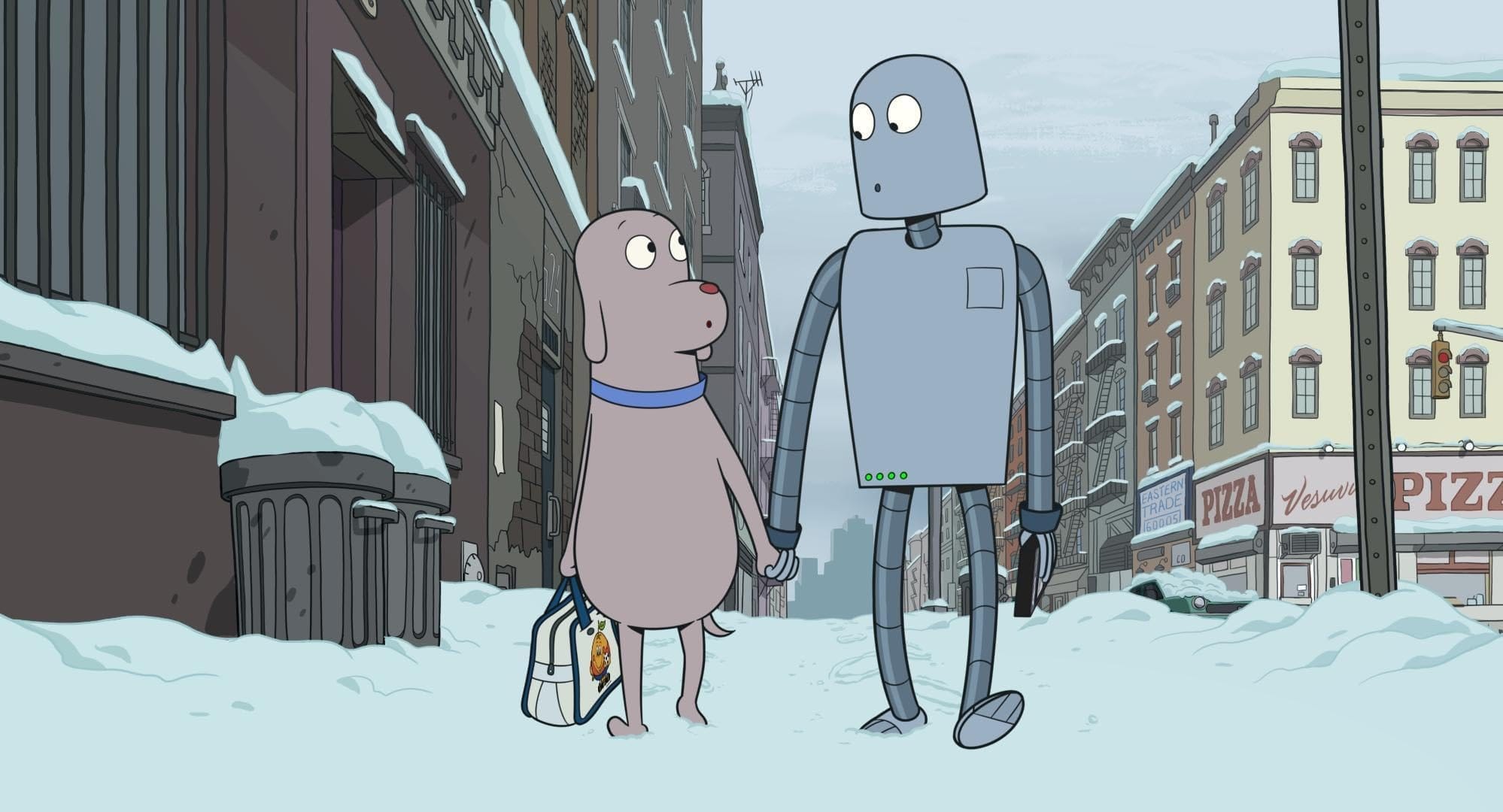
Two-dimensional animated movies aimed at adults aren’t too common in the cinema. They rarely get green-lit or wide distribution, and when they do it tends to be for established franchises, like Beavis and Butt-Head, Spider-Man, or Ninja Turtles. Or maybe, a few exceptions whose reputation breaks through the typical eyeball limit of their genre, like Hayao Miyazaki and to a lesser extent, the output of Studio Ghibli.
It is encouraging to see Robot Dreams show up on the big screen, at a time when cinema is likely more risk-averse than since the Classical Hollywood era. Not only is it a two-dimensional animated movie aimed at adults, but it is also dialogue free. And human free — set in an animated version of 1980s New York City inhabited only by animals and robots.
It doesn’t have a release date in all the big markets yet — Spain, where I saw it, is a frontrunner, being the director’s home market —, but it made a fairly extensive tour of film festivals in 2023, was well-received at Cannes, and is planned for release in the US after Neon (the distributor behind movies like Parasite) picked up North American distribution rights. Other big markets should follow.
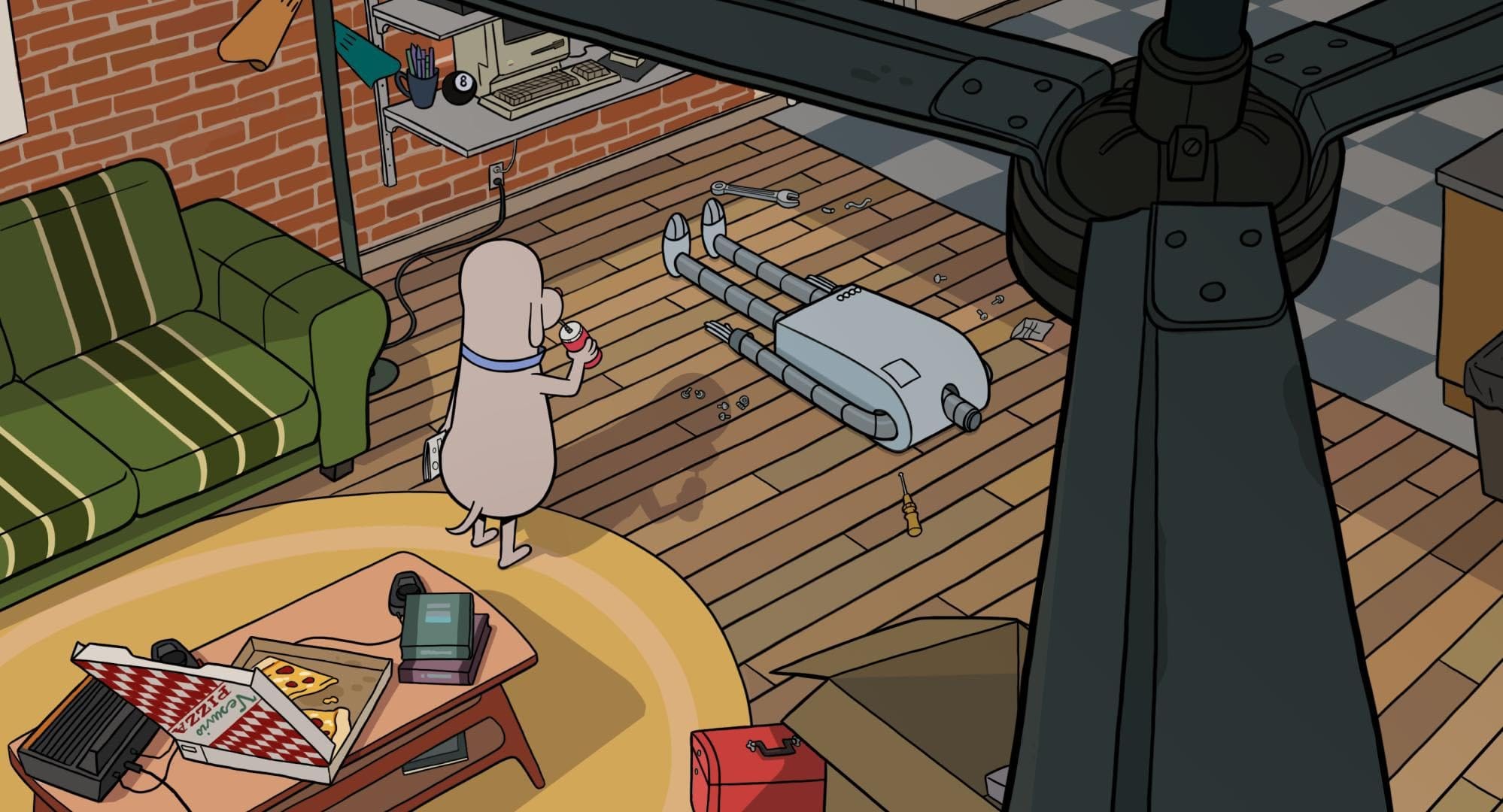
The story is based on an early 2000s graphic novel by Sara Varon, who co-wrote the movie with director Pablo Berger. The Spanish director, hailing from Bilbao in the Basque Country, is best known for Blancanieves (2012) — which is a modern silent film, and one that enjoyed critical acclaim. Varon is an American illustrator living in New York City, and is known for graphic novels with endearing stories involving non-human characters.
The story concerns a dog living in New York City, called simply Dog, who drearily spends lonely nights with microwave dinners in front of the TV, until one night he sees a TV infomercial and, seeking companionship and the same joy he sees others around him have, orders himself a mail delivered robot. It works: Dog and Robot hit it off, quickly forming an inseparable bond and sharing a lot of time together.
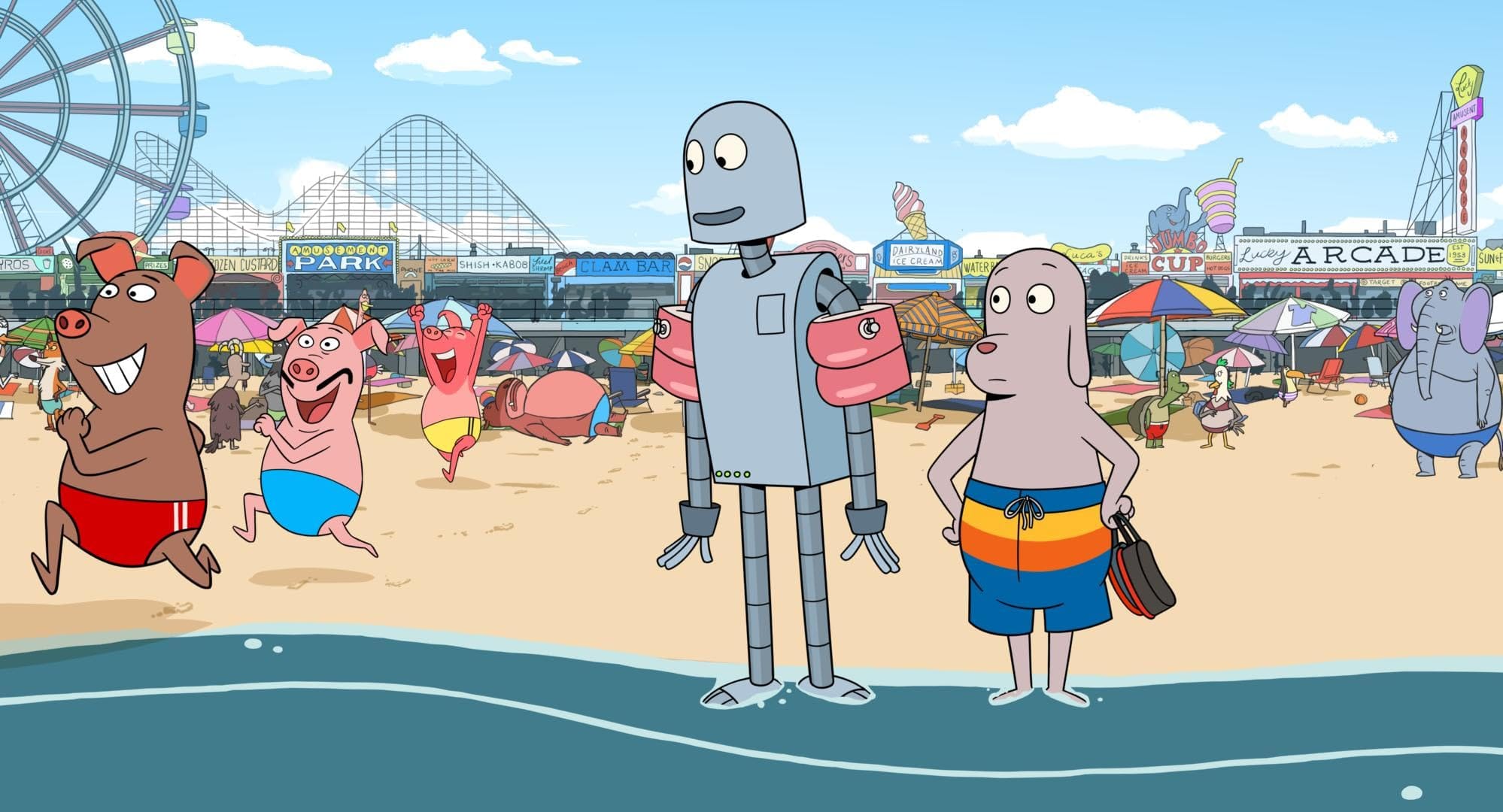
It all goes swimmingly until one day they fall asleep together on the beach. On waking, Robot finds he has seized up overnight, his joints rusted in place, and can’t move. He is too heavy to either carry or drag off the beach, so Dog resigns himself to returning home without him, forcing what appears to be a temporary separation.
Various attempts by Dog to retrieve Robot from the beach follow, but he encounters an endless series of physical and legal obstacles. As tactics to reunite with Robot fail, seasons pass, and life goes on around them. Dog meets new people, and his life slowly changes around him. He clings onto the idea of retrieving Robot, but it starts looking less likely. Robot has a few encounters on the beach, which is closed off to the public for winter, and goes on vivid and imaginative journeys in the form of dreams.
The separation of Dog and Robot is a narrative jumping-off point used to explore themes of love, separation, loss, loneliness and longing, and the challenge of moving on and ultimately finding new people to share joy with. It’s a story of how life can throw up obstacles there is no way around, and of how the best made plans can be changed by forces bigger than an individual. This gives the story a sweet sadness, as well as an emotional intelligence and maturity that combines unconventionally with fun and lighthearted visuals. It is a story with touching moments, though it is also humorous and fun.
The relationship between Dog and Robot is coded as a same-sex relationship more than a heterosexual one, and their forced separation and the forces that keep them apart could be read subtextually along those lines, too, in how they run up against legal and societal forces that ensure they are kept apart. Further, the story could even be read as an allegory for how HIV and AIDS impacted the gay community and their relationships, especially in context of NYC in the 1980s, which was affected by the AIDS epidemic more than any other US city.
You could view the movie an unconventional entry into the romance genre, though it is concerned with romance as a form of friendship and companionship first, as an antidote to loneliness and a joy-bringing force in life, more than as an expression of sexuality or physical attraction.
Thematically, the story also explores the 1978 disco hit ‘September’ by Earth, Wind, and Fire.
Is a 1970s disco hit a theme? Well, no, not really — but it is incorporated in the soundtrack so prominently that it becomes something of a motif. The catchy pop song is used to signify moments of joy, and later takes on bittersweet meaning, of heartbreak and longing, and of how we relate music to relationships. It is also, as the movie proves, more whistle-able than you might have previously realised.
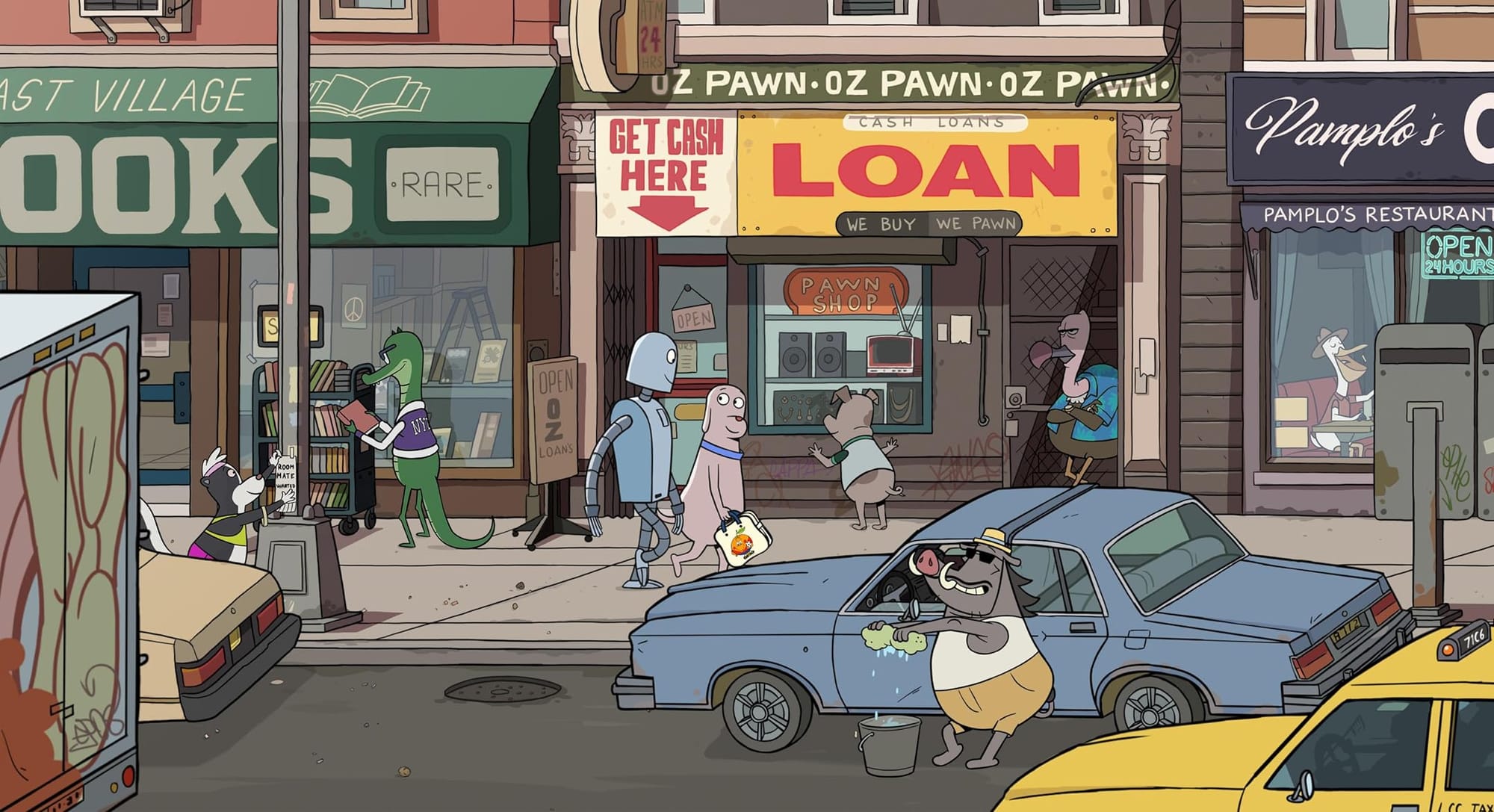
The style of animation is visually engaging and has plenty of style and character. It is packed with points of interest from the NYC urban bustle, parks, beachfront, and 1980s cultural references. It’s not a style that aims to visually dazzle and blow minds, but more of a humble image, drawn with quality and an excellent eye for fun details. It forms a visually pleasing and welcoming world that is a pleasure to spend time in, without needing to be flashy.
The 101 minute runtime and its pace fits well, telling a feature-length story while keeping within the shorter lengths that often suit animation. If it could trim moments, they wouldn’t be many. Personally, I like the feeling that maybe there’s an extra 15 minutes of footage, more than strictly necessary — especially in a story that is dreaming, drifting, and creating an imaginative universe rather than careening through suspenseful plot points to get to a big finale. Some viewers would be happier with a runtime closer to 90 minutes, but I didn’t find it problematic.
This isn’t a silent movie — which would require it to have no synchronised soundtrack —, but simply dialogue-free. There’s an environmental soundtrack, which is active, busy, and incorporates music. Characters make emotive noises. Sound plays a significant role, though the storytelling is told visually.
The lack of dialogue is a big part of what makes this a fresh and memorable experience in the movie theatre. It demands you tune in, engaging parts of your brain that don’t usually fire in quite the same way in el cine. You are not being spoon-fed the story by words, so you pay attention and follow events in a different mode. You could not watch this in the background on the sofa, doodling on your iPad. Which makes it, more than usual, one to go see on the big screen if you can.
An interesting side effect of the absence of dialogue is that it makes this movie a ready-to-go, global viewing experience. It can be shown in any market around the world as is. No subtitles, dubbing, or visual alterations necessary. The one-inch barrier of international cinema can be left down.
Narratively, the lack of dialogue also allows the story to focus on the internal emotion of characters. The story feels made to fit this format.
Memory can be tinged by nostalgia, but I am confident that for much of the 90s and 2000s, there would be a handful of movies each year that offered very distinct viewing experiences in the cinema, in unexpected ways. That offered no easy comparison to anything else out at the time. This feels rarer in recent years.
Maybe the shift of the top of the box office towards superhero franchises and other big budget attractions Martin Scorsese likens to “theme park rides,” has also shrunk the space for low budget, unique, oddball entries from independent filmmakers you hadn’t heard of before.
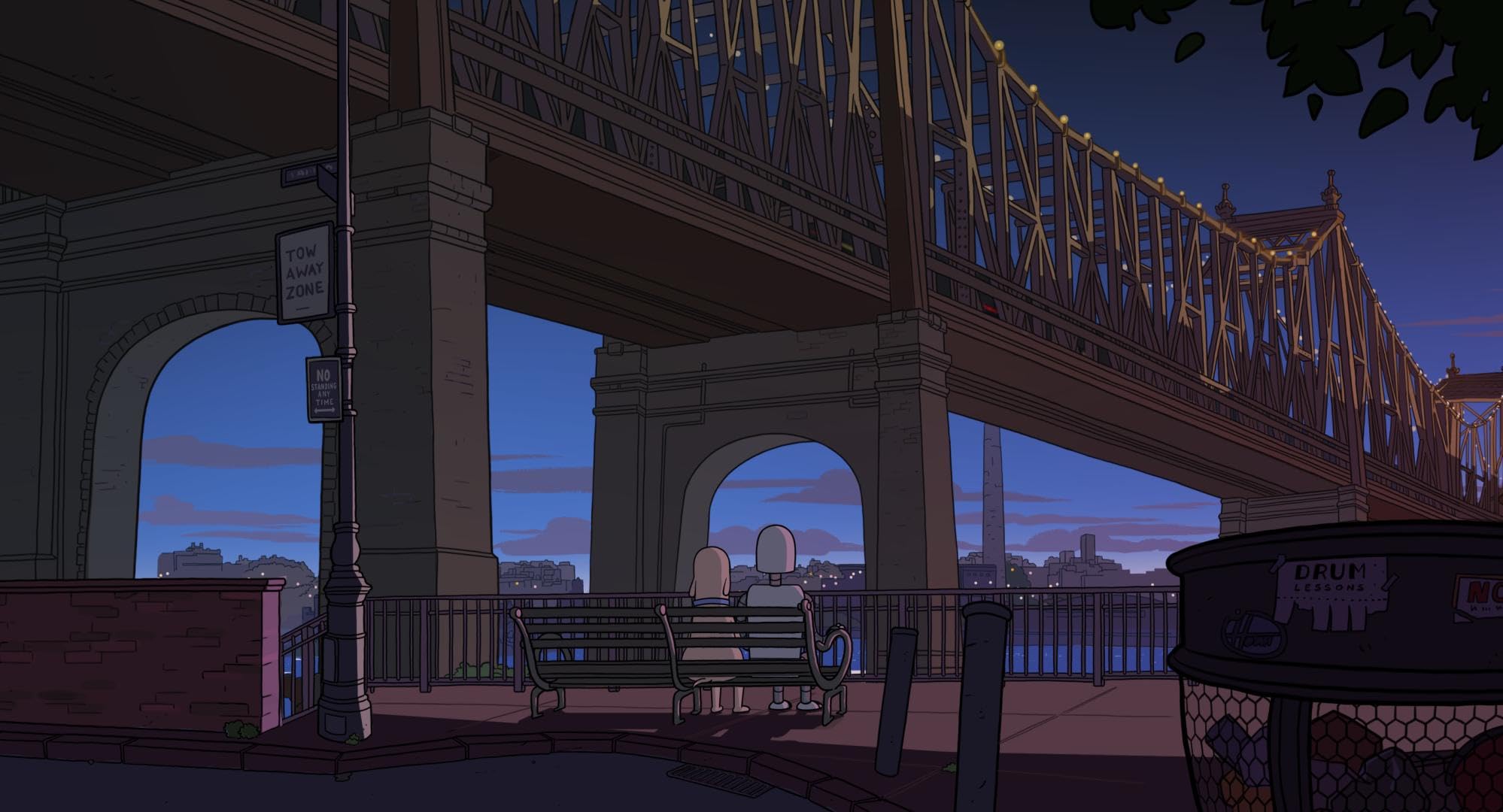
There is still space for “independent” cinema, but it’s more likely to be occupied by work from known quantities: the Werner Herzogs, Sophia Coppollas, Noah Baumbachs, Paul Schraders, or even Pedro Almodóvars. Directors who are actually very well-established and should be occupying (at least) the mid-tier of commercial cinema, rather than serving as a baseline of what can get financed and properly distributed.
If this movie is any indication — and if it gets a wide release and makes a decent profit, I think it has to be — that might be starting to shift. We may be waking up from our long national superhero nightmare, and starting to re-diversify what’s available to watch on the big screen.
Robot Dreams will please fans of animation, those who enjoy sweet and heartfelt stories, quirky romances, or emotionally intelligent tales. And anyone looking for a fresh and memorable viewing experience in the movie theatre.
James Lanternman writes movie reviews, essays, and moonlit thoughts. You can reach him at [email protected].
Previously… Enter the Void: A Hedonistic Nightmare With Spiritual Hope
